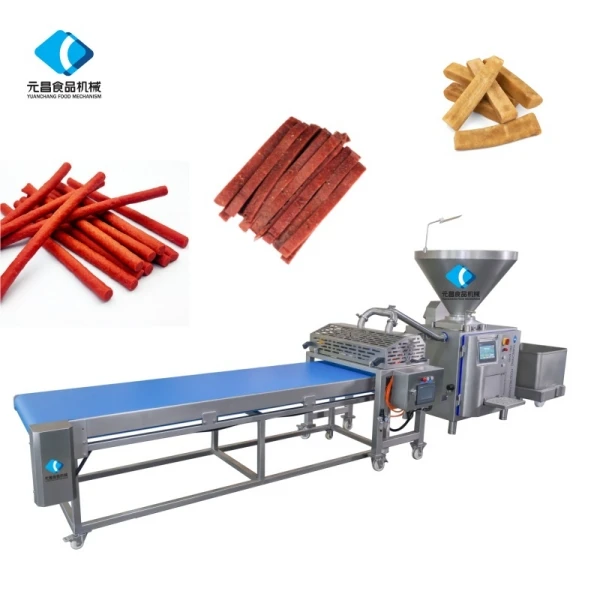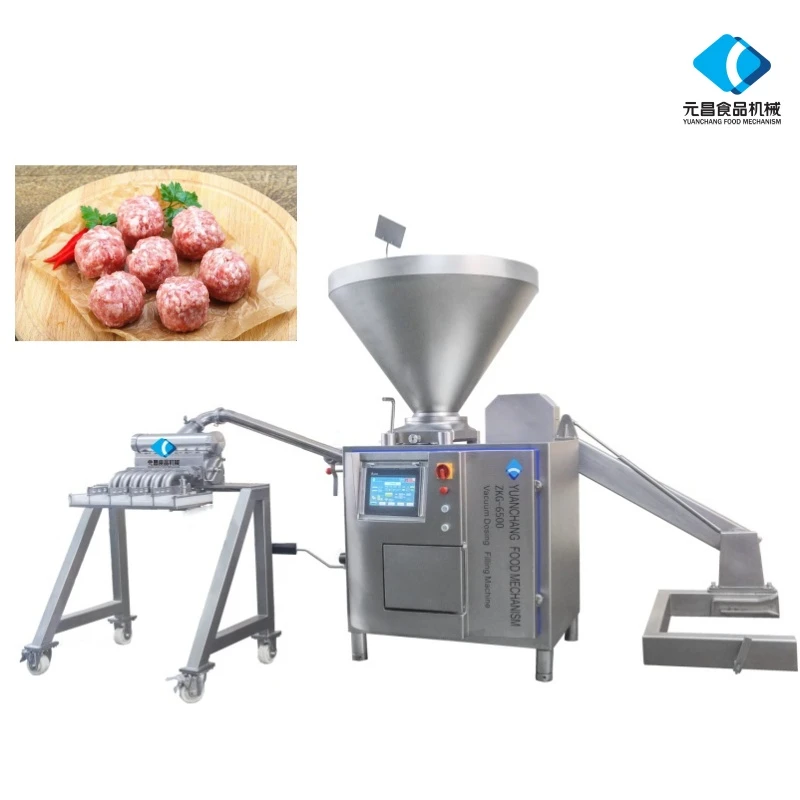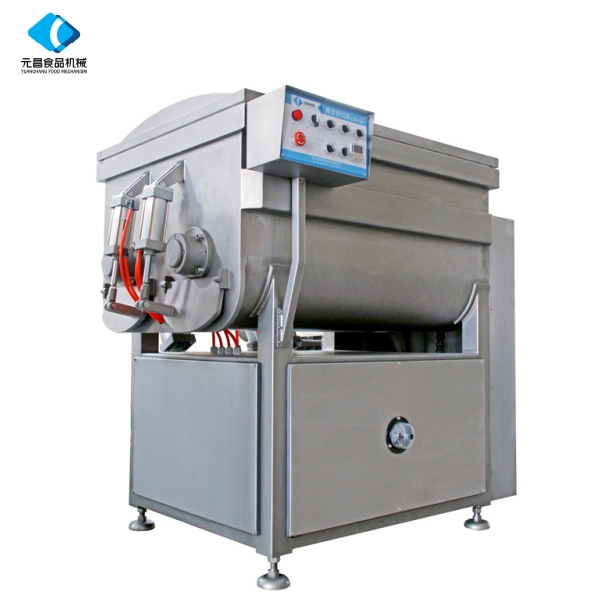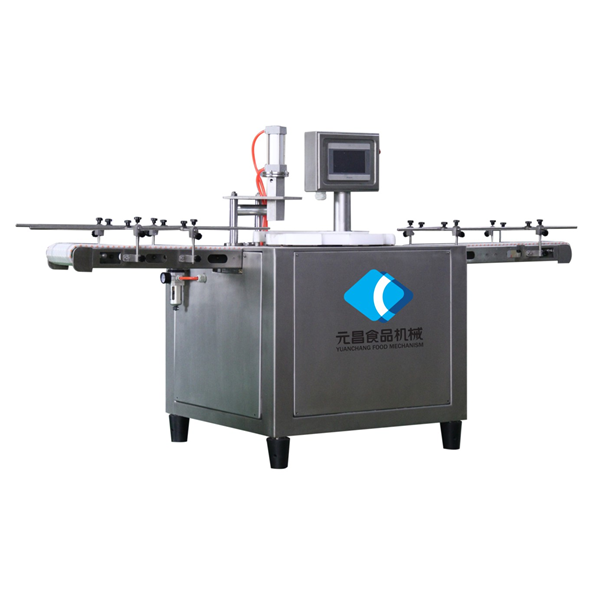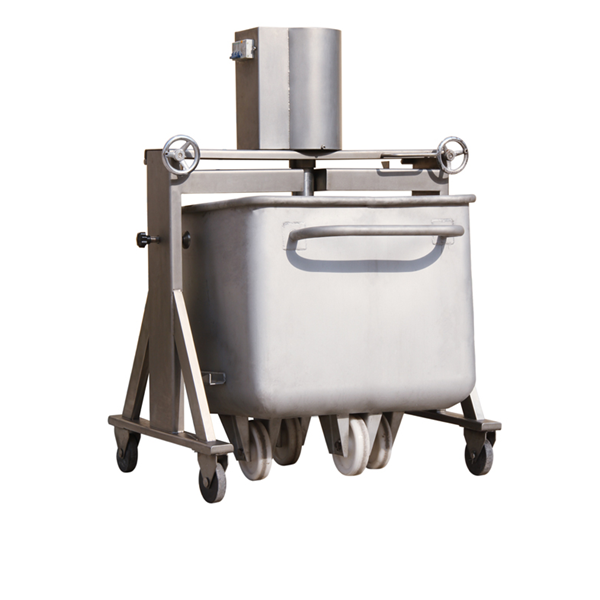- Afrikaans
- Albanian
- Amharic
- Arabic
- Armenian
- Azerbaijani
- Basque
- Belarusian
- Bengali
- Bosnian
- Bulgarian
- Catalan
- Cebuano
- chinese_simplified
- chinese_traditional
- Corsican
- Croatian
- Czech
- Danish
- Dutch
- English
- Esperanto
- Estonian
- Finnish
- French
- Frisian
- Galician
- Georgian
- German
- Greek
- Gujarati
- haitian_creole
- hausa
- hawaiian
- Hebrew
- Hindi
- Miao
- Hungarian
- Icelandic
- igbo
- Indonesian
- irish
- Italian
- Japanese
- Javanese
- Kannada
- kazakh
- Khmer
- Rwandese
- Korean
- Kurdish
- Kyrgyz
- Lao
- Latin
- Latvian
- Lithuanian
- Luxembourgish
- Macedonian
- Malgashi
- Malay
- Malayalam
- Maltese
- Maori
- Marathi
- Mongolian
- Myanmar
- Nepali
- Norwegian
- Norwegian
- Occitan
- Pashto
- Persian
- Polish
- Portuguese
- Punjabi
- Romanian
- Russian
- Samoan
- scottish-gaelic
- Serbian
- Sesotho
- Shona
- Sindhi
- Sinhala
- Slovak
- Slovenian
- Somali
- Spanish
- Sundanese
- Swahili
- Swedish
- Tagalog
- Tajik
- Tamil
- Tatar
- Telugu
- Thai
- Turkish
- Turkmen
- Ukrainian
- Urdu
- Uighur
- Uzbek
- Vietnamese
- Welsh
- Bantu
- Yiddish
- Yoruba
- Zulu
Hopper Trolley: Spill-Free, Heavy-Duty, Easy Dumping?
Meat Buggy Electric Trailer: a practical take on the modern hopper trolley drive
If you work in chilled rooms long enough, you learn two truths: floors are slick, and people get tired. That’s why the Meat Buggy Electric trailer from Shijiazhuang, Hebei Province, China caught my eye. It’s a stainless-steel powered tug specifically built for meat buggies and trolleys in food plants. To be honest, this is where small ergonomic wins pay off fast.

Industry trends (and what operators quietly ask for)
- Electrification in hygienic logistics: fewer strain injuries, steadier throughput in -20°C rooms.
- Battery choice flexibility: many customers say swappable Li-ion packs beat corded charging for shifts.
- Food-grade design: sealed electrics, smooth welds, and easy washdowns are now the baseline, not “nice-to-have”.
Core specs at a glance
The main body is stainless steel, designed for -20°C to 60°C. It’s meant to pull meat buggies and reduce repetitive bending and exertion. Detachable batteries—lithium-ion or lead-acid—are available. Below is a practical spec sheet (≈ values reflect real-world use):
| Product | Meat Buggy Electric trailer (food-industry hopper trolley tug) |
| Origin | Shijiazhuang, Hebei Province, China |
| Operating Temp | ≈ -20°C to 60°C |
| Frame/Body | Stainless steel (food-grade; smooth welds for hygiene) |
| Battery Options | Detachable Li-ion or lead-acid; swappable packs |
| Runtime | ≈ 6–8 h per pack (duty cycle dependent) |
| Rated Draw | Typical meat buggy trains; consult for exact load rating |
| Hygiene | Smooth surfaces, easy washdown; real-world Ra ≈ ≤0.8 μm |
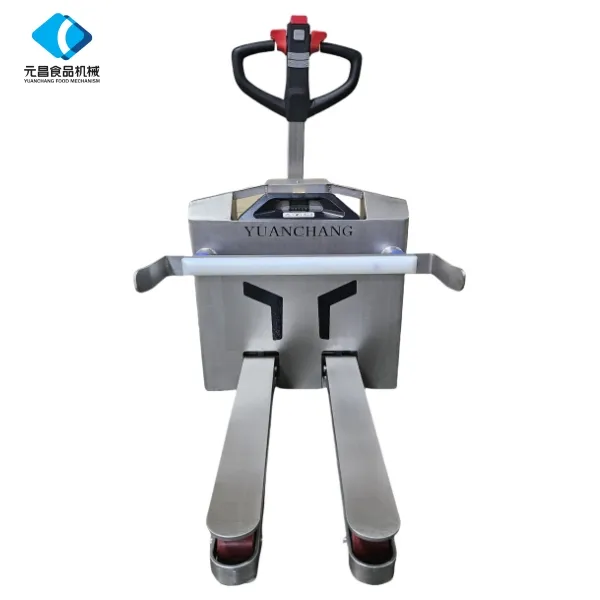
Process flow: how it’s built and verified
- Materials: stainless frame (often 304/316), food-safe fasteners, sealed electrics.
- Methods: laser-cut panels, TIG welding, pickling/passivation; wiring looms potted or gasketed.
- Testing: load pull tests, gradient trials (≈ 6–8% slopes), thermal chamber cycling (-20°C/60°C), battery UN 38.3 checks.
- Service life: around 5–8 years with preventative maintenance; batteries 800–1500 cycles (chemistry dependent).
- Standards touchpoints: EN 1672-2 hygiene design, ISO 14159, IEC 62133-2 (Li-ion), UN 38.3 transport.
Where it works well
Meat processing, prepared foods, and cold-chain logistics. In fact, the hopper trolley-style coupling makes quick work of buggy trains between deboning, trimming, and chill tunnels. Operators say fatigue drops, and throughput gets a nudge up—nothing flashy, but noticeable.
Vendor comparison (quick buyer’s snapshot)
| Vendor | Strengths | Trade-offs | Lead Time | Certs/Notes |
|---|---|---|---|---|
| YC Meat Mech (China) | Food-industry focus; stainless builds; battery options | Global spares depend on region | ≈ 4–7 weeks | Hygienic design practices; UN 38.3 for Li-ion |
| Local Integrator A | On-site support; quick customization | Higher unit cost | ≈ 2–5 weeks | Varies by partner |
| EU Brand B | Premium finish; deep documentation | Longer lead; premium pricing | ≈ 8–12 weeks | EHEDG-aligned designs |
Customization and practical add-ons
- Battery chemistry (Li-ion vs. lead-acid) and pack size
- Drawbar height, hook style for hopper trolley/buggy interfaces
- Wheel compound (polyurethane/rubber) for wet floors
- Speed limiting, horn/light kits, and washable control shrouds
Field note: cold-room case
A Hebei pork processor ran two units for 90 days in -12°C. Results: 18% faster lane turns, reported strain-related complaints down 32%, and an 8-month payback (mostly labor and reduced lost-time injuries). Noise measured ≈ 60–65 dB at operator ear in steady pull—quiet enough for night shifts.

Compliance and testing pointers
Ask vendors for surface roughness data, electrical ingress protection details, and battery test reports. For plants under strict audits, reference hygiene design per EN 1672-2 and ISO 14159, and confirm Li-ion packs meet IEC 62133-2 and UN 38.3 transport tests.
References
-
Filling Flow Divider - Precision, Hygienic Multiline DosingNewsNov.18,2025
-
Hopper Trolley: Heavy-Duty, Ergonomic, Easy DischargeNewsNov.18,2025
-
Frozen Meat Slicer for Ultra-Thin, Precise, Safe CutsNewsNov.17,2025
-
Smoke House Machine | Precise, Energy-Efficient, HACCP-ReadyNewsNov.17,2025
-
Smoke House Machine: Uniform, Energy-Efficient SmokingNewsNov.11,2025
-
Meat Filling Machine - Stainless, Precise, High OutputNewsNov.11,2025





